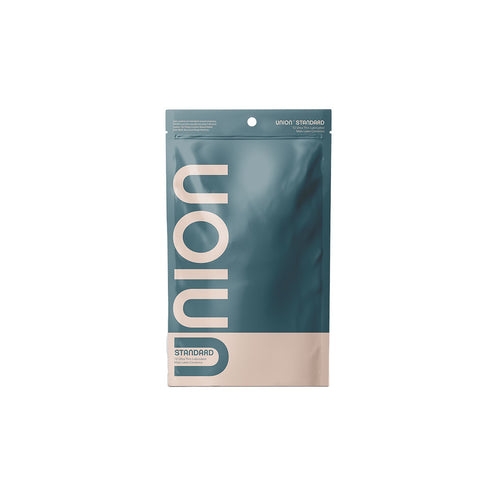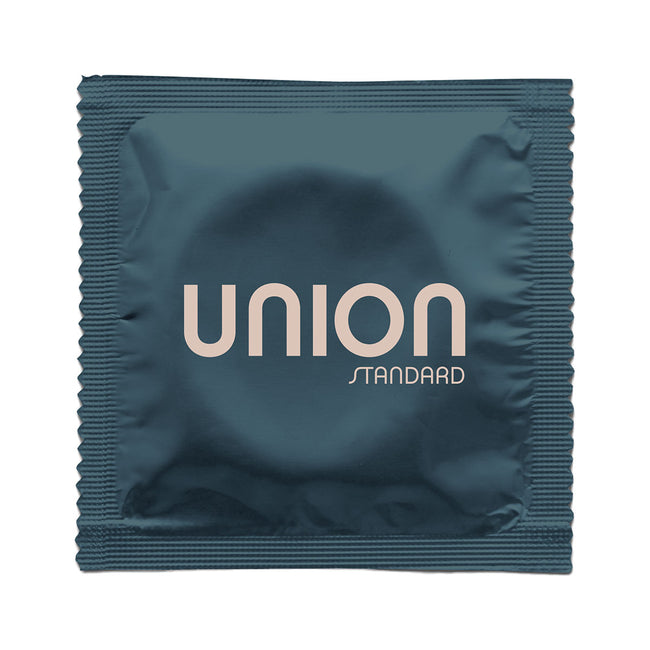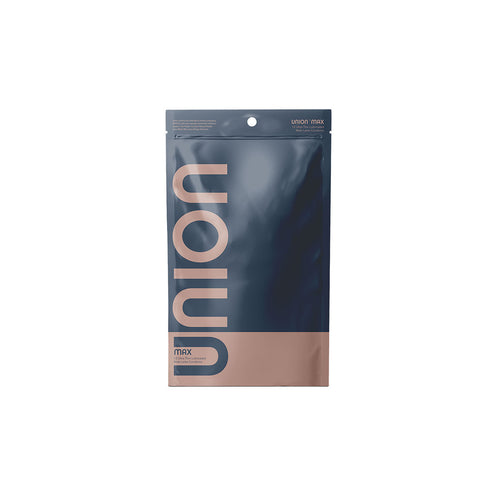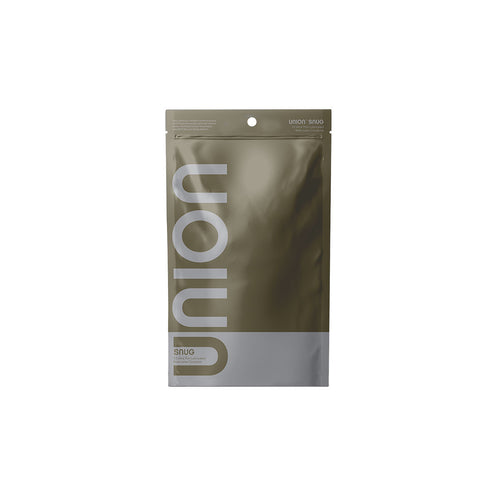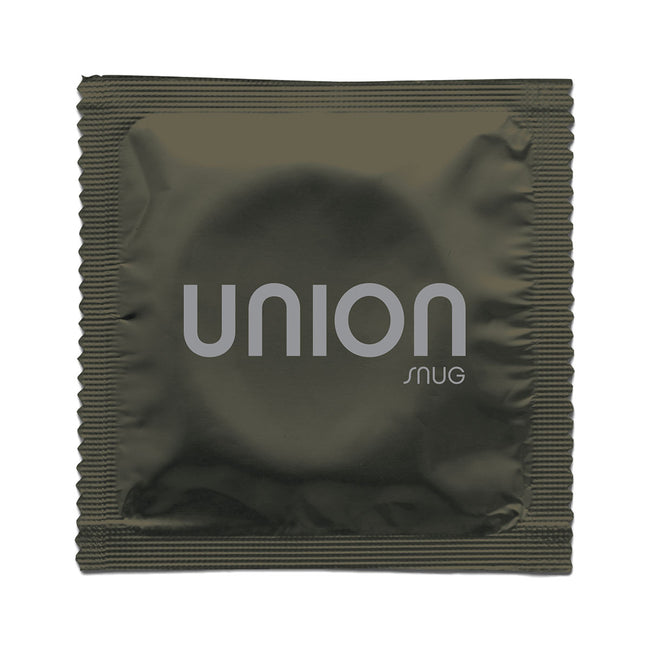Vaginal Infections
What is Vaginitis?
The vagina is an organ just like any other in the human body. It is essentially self-cleaning and does not require special douches marketed to women in order to feel “clean.” However, from time to time, the vagina can get infected or inflamed.
Hygiene, diet, medications and chemicals such as those found in some creams and douches, can upset the delicate pH balance making the vagina more hospitable to bacterial and yeast overgrowth. To help maintain a healthy vaginal pH, a woman should only clean her vagina and vulva with products free of suspected irritants, glycerin and parabens.
A healthcare provider will use the term vaginitis to describe an infection caused by bacteria, yeasts and viruses. At times, an infection can occur from chemicals produced in new clothing (always wash before wearing—especially underwear!) Vaginitis can also be sexually transmitted. Sometimes, partners who are not aware of an infection can keep trading infections back and forth.
One out of every three women will experience a yeast or bacterial infection at some point during their lifetime. It can affect women of all ages, but most commonly affects those in their reproductive years.
What causes Vaginitis?
Some of the common causes of a vaginal infection include:
- Use of antibiotics
- Changes in hormone levels due to pregnancy, breastfeeding or menopause
- Douching
- Sexual intercourse
- Infection/Irritation
Products that can help prevent Vaginitis
Within this category, you will find products that help prevent the spread of vaginitis as well as products that help keep the vulvovaginal environment within a healthy pH. Some of these products include:
- Vegan condoms to help prevent the spread of sexually-transmitted bacteria
- pH-balanced cleansers that won’t disrupt the pH of the vagina
- Lubricants that help restore a woman’s natural pH or provide extra protection against infection
Types of Vaginitis
The four most common types of vaginal infections are:
- Bacterial Vaginosis (BV),
- Yeast infection or Candidal Vulvovaginitis
- Trichomoniasis
- Bacterial Vaginosis
Bacterial vaginosis (BV)
Bacterial vaginosis is the most common vaginal infection affecting women of reproductive age. It is caused by a combination of several overgrown bacteria produced when the pH balance of the vagina is disrupted. A healthy vaginal pH falls between 3.5 and 4.8.
Fifty percent of women with BV have no idea they even have an infection. There are typically no symptoms present and it often does not get discovered until a woman goes for her annual gynecologic exam. If there are symptoms present, they are:
- A grayish-white or discolored, foul-smelling discharge
- A very strong smell after having sex
- An itchy, sore vagina
BV must be treated with prescription drugs prescribed by a doctor. Over-the-counter remedies are typically not effective at curing it.
BV is considered a serious health concern because it can increase a woman’s chances of getting a sexually transmitted disease and increase her risk of developing a pelvic inflammatory disease (PID) following surgery (such as a hysterectomy).
Yeast Infection
A yeast infection is caused by Candida albicans—a type of fungus. Candida normally inhabits the vagina, the mouth, and digestive tracts of both men and women. It is only when these organisms grow out of control that they become problematic.
These infections usually cause intense itching and redness of the vagina and vulva. There can also be a discharge present that resembles cottage cheese.
Yeast Infection Causes
Perhaps most commonly caused by antibiotics, a yeast infection occurs when both bad and good bacteria are destroyed. After using a prescribed antibiotic, the chances of a yeast infection increase because there are no good bacteria to fight off a potential infection.
Other yeast infection causes include:
- Uncontrolled diabetes
- Hormone fluctuations
- Oral contraceptives (birth control pills).
To prevent yeast infection causes, one is advised to:
- Wear loose clothing made from natural fibers(cotton, linen, silk).
- Avoid wearing tight pants.
- Refrain from douching (it can kill bacteria that control fungus).
- Limit the use of feminine deodorant.
- Limit the use of scented tampons or pads.
- Change out of wet clothing, especially bathing suits, as soon as possible.
- Avoid frequent use of hot tubs.
- Wash underwear in hot water.
- Eat a well-balanced diet low in sugar (sugar fuels Candida).
- Eat yogurt.
- Keep blood sugar levels in check if diabetes is an issue.
Trichomoniasis
Trichomoniasis is a sexually transmitted type of infection. Trichomoniasis is caused by a microscopic, one-celled parasite called Trichomonas vaginalis. This infection spreads during sexual intercourse with someone who already has the infection. In men, the organism usually infects the urinary tract, but often causes no symptoms.
Women may experience the following symptoms:
- Frothy, greenish-yellow discharge
- Foul smell
- Itching and soreness of the vulva and vagina
- Burning during urination
- Lower abdomen and vaginal pain with intercourse
- Symptoms that worsen after a menstrual cycle
Chlamydia
Chlamydia is a sexually-transmitted form of vaginitis, most likely seen in women between the ages of 18-35 who have multiple sex partners. Typically, there are no symptoms with this infection, and it often goes undiagnosed until a pelvic exam is performed. A vaginal discharge may or may not be present. Light bleeding after intercourse and discomfort in the pelvis are common. If Chlamydia is left untreated, it could potentially damage a woman’s reproductive organs and affect her ability to become pregnant.
Treatments, in general, can vary depending on the cause of the vaginitis and may require an oral antibiotic and possibly a pill, cream or gel to be applied, or inserted, into the vagina as prescribed.
Usually, vaginal infections do not cause serious complications. In pregnant women, however, symptomatic bacterial vaginosis and trichomoniasis have been associated with premature deliveries and low birth weight babies.
Other viruses that can cause Vaginitis
Besides bacteria, there are viruses that can cause sexually transmitted vaginitis. These viruses include the herpes simplex virus and the humanpapilloma virus (HPV).
Herpes
Herpes is associated with painful sores usually seen on the vulva or the vagina. Occasionally, the sores are located deeper in the vagina and are only seen during a gynecologic exam.
Humanpapilloma Virus (HPV)
HPV may cause warts to grow in the vagina, rectum, vulva, or around the groin. These genital warts can vary in color from white to gray or even pink to purple. Sometimes, warts are not visible at all, and the only way to render a diagnosis is to have a Pap smear or a specialized HPV test. Men can carry HPV and show absolutely no symptoms.
Non-Infectious Vaginitis
Sometimes, a woman can experience itching, burning, and even a vaginal discharge without having an infection at all. In that case, she might be having an irritation or allergic reaction to vaginal sprays, douches, spermicidal products, perfumed soaps, detergents or fabric softeners.
Atrophic Vaginitis
Another non-infectious type of vaginitis, called atrophic vaginitis, can be due to a decrease in hormones during menopause, or if the ovaries have been surgically removed. Atrophic vaginitis is associated with dryness of the vagina and pain during sexual intercourse.
Treatment of Non-Infectious Vaginitis
Non-infectious vaginitis is treated by eliminating the probable cause. If a patient recently started using a new soap, laundry detergent, vaginal spray, sanitary napkin or tampon and is experiencing the symptoms of an infection, it is highly likely the cause of symptoms.
Patients would be advised to first stop using the new product to see if the symptoms go away on their own. If the vaginitis is due to hormonal changes, a low-dose, bio-identical estrogen cream may be prescribed.
Proper diagnosis and visiting your doctor
The key to proper treatment of vaginal infections is making a proper diagnosis. It helps if a woman pays close attention to her symptoms to assist the healthcare provider in diagnosing the condition and determining the best treatment. It is best to see a healthcare provider before self-treating with any over-the-counter medications.
Vaginitis Sources:
http://www.cdc.gov/std/chlamydia/stdfact-chlamydia.htm
http://www.yeastinfection.org/commonly-asked-yeast-infection-questions/
https://my.clevelandclinic.org/health/diseases_conditions/hic_Vaginitis
http://www.webmd.com/sexual-conditions/antibiotics-for-bacterial-vaginosis
H3
- 1 of 1


